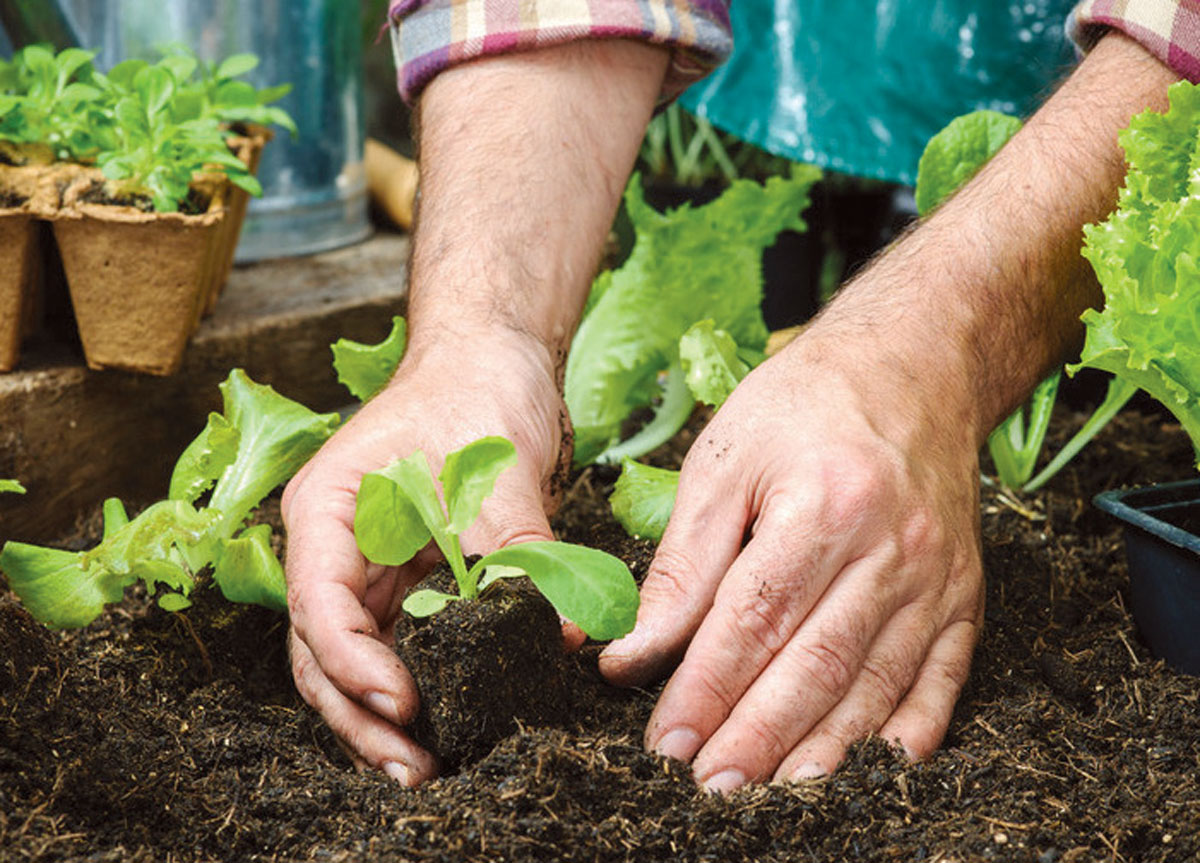In Gardening, Timing is Everything
When is the best time to plant seeds and seedlings in South Florida? Is September too early? Is October too late? Can I plant again later?
What we grow and when we plant it depends largely on choosing species and varieties that have been proven to thrive in our climate. Time of year affects temperatures, day length and whether days are getting longer or shorter, all of which affect the way plants grow.
In steamy South Florida, you can successfully plant delicious crops all year round here, but you need to pay extra attention to plants that need cool weather.
Planting them too early can lead to:
- Inconsistent germination (many crops require specific range of temperatures to sprout)
- Leggy seedlings, often a result of excess humidity
- Stressing seedlings with high heat, sometimes killing them
- Exposing seedlings to harder rains, which can often drown seedlings and bruise/rip foliage
- Greater risk for pest problems
Planting too late can lead to:
- Slower initial growth with shorter day length
- Slower growth of cool-weather veggies that like it warmer tomatoes, eggplant, peppers, cucumber, beans
- Delayed harvesting
Many cool-weather veggies can be started as early as September, but others need the cooler temperatures of October or November to germinate and grow well. Planting in September can give you a head start to crop production, but you will need to provide protection from hard rain and some shade for the seedlings because the sun is more intense than in October or November.
When to plant from seed:
- Early as September-Beans, broccoli, collards, cucumber, eggplant, kale, onions, peppers, tomatoes
- Wait till October or November-Beets, carrots, lettuce, radish, strawberry
SHORT VS. LONG SEASON
Some plants are short-season while others are long-season. This is the difference in the number of days after planting when the crop is at the ideal stage for harvesting. You can plant short-season crops multiple times within the cool-weather season, while long season ones are usually planted once. Staggered planting-planting at intervals, mostly with shorter-season crops-lets you spread out harvesting, especially useful if you have little refrigeration space or limited ability to preserve the excess, distribute to friends and family or sell.
- Short-season crops: Bush beans, beets, cuaunbers, lettuce, okra, radish, turnips
- Long-season crops: Broccoli, cabbage, carrots, celery, peppers, pumpkin, strawberry, tomatoes
For those with larger gardens, consider choosing different varieties of the same species with different days to harvest to allow for a staggered harvest. Harvest times for different to allow for a staggered harvest. Harvest times for different varieties often fluctuate 5-40 days, so look at harvest times on seed packets and planting charts when deciding.
PLANT SPACING AND TIMING
Another way of timing your harvest is through plant spacing. Often, you can plant seeds closer than recommended, then harvest them earlier than recommended as "baby" versions of crops. If you do this carefully, you can "thin" plantings through the harvest and create more room–ideal spacing-for the plants that remain, so that they grow into full-size mature versions of a crop.
Finally, timing in the edible garden simply depends on when we have time to garden and plant. It takes time to prepare the garden for planting: weeding, reshaping/adding beds, adding compost, mulching paths, building trellises, etc. So does trimming tree branches that cause excessive shade in the garden, especially if it gets less than six hours of direct sunlight. Having as much sun as possible can make a big difference in how well a veggie garden will do. Make sure to figure your own time realistically in caring for your edible garden, from preparation to harvesting.
Have an edible gardening question? Email Dylan at garden (AT) ediblesouthflorida (DOT) com
{Planting Guide}
Beets Oct-Feb
Broccoli Sep-Jan
Bush beans Sep-Apr
Cabbage Sep-Jan
Cantaloupes Aug-Sep / Feb-Mar
Carrots Oct-Feb
Cauliflower Oct-Jan
Celery Oct-Jan
Chinese cabbage Nov-Jan
Collards Aug-Feb
Cucumbers Sep-Mar
Eggplant Dec-Feb / Aug-Oct
Endive/escarole Sep-Jan
Green onions Sep-Mar
Kale Sep-Jan
Kohlrabi Oct-Feb
Lettuce Sep-Jan
Lima beans Aug-Apr
Mustard Sep-Mar
Okra Aug-Sep
Onions Sep-Nov
Peppers Aug-Mar
Pole beans Aug-Apr
Potatoes Sep-Jan
Pumpkin Jan-Feb / Sep-Oct
Radish Oct-Mar
Southern peas Aug-Apr
Spinach Oct-Jan
Strawberry Oct-Nov
Summer squash Jan-Mar / Sep-Oct
Sweet corn Aug-Mar
Sweet potatoes Feb-Jun
Tomatoes Aug-Mar
Turnips Oct-Feb
Watermelon Jan-Mar / Aug-Sep
Winter squash Jan-Feb, Sep
Adapted from Florida Vegetable Gardening Guide, University of Florida/IFAS Extension Visit edis.ifas.ufl.edu





